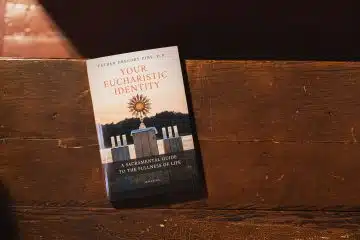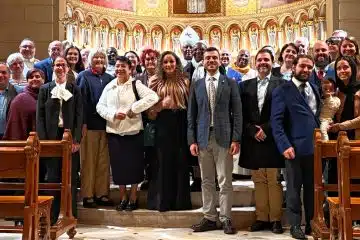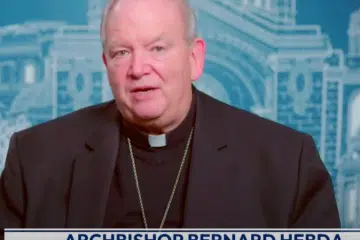Mind and Soul: Death Anxiety and Christian Hope

Death is a part of life. It may be paradoxical to say but is undeniably true. We cannot escape the reality that we will all face death – both ourselves and those we love. Yet we live much of our lives ignoring this basic fact. We distract ourselves away from the reality of death, setting it in some distant future and keeping our attention occupied with the noise of life.
That we go to lengths to avoid thinking about death is understandable. Facing our mortality is exquisitely uncomfortable for human beings. The self-awareness we possess as rational beings enables us to project ourselves mentally into the future and into the past. It makes us cognizant of the fragility of our bodily existence. We were once small and helpless, and as our bodies and minds decline, we may become so again.
DEATH ANXIETY
Awareness of these facts leads to what famed psychiatrist Irvin Yalom terms “death anxiety.” In his extensive writings on this topic, Yalom advises adults to look soberly at death and acknowledge the transience of life. He encourages us to find meaning in our finiteness and to pursue a sense of purpose as fully as we can so that we do not accumulate regrets. Most of all, he argues for the importance of relationships. By immersing ourselves in deep connections with others and witnessing the myriad “ripples” that our intertwining lives create, we can approach the reality of death with equanimity.
IT’S NOT SUPPOSED TO BE THIS WAY
As helpful as Yalom’s advice is, he writes from a purely secular perspective. He disavows religion and any belief in the afterlife. Thus, his words lack the potency that Christian hope provides. Christians see death as one of the tragic effects unleashed by sin. It is a part of all that is “wrong” with this fallen world. Our own hearts tell us – if we have the ears to hear – that it is not supposed to be this way. We grieve at the parting from loved ones that death brings because our hearts testify that love is supposed to be forever. God knows this longing in our hearts because He put it there. That longing is meant to direct us to Him.
As Dominican Father Anselm Moynihan wrote in his spiritual classic The Presence of God, “The Most Holy Trinity is love’s eternal Home. To that home we are called, to that Home we belong as members of the Church, that we may share in its inmost life and gladness.” In that Home, we will not only experience Love Eternal within the embrace of the Trinity, but also a communion with all who are united with Christ that is deeper than what is possible in this life. The sadness and loss we now experience will be turned into joy.
THE PREPARED WAY
Lastly, we must recall the heart of the Gospel: through His bodily resurrection, Christ has definitively defeated death. He not only opened the gates of Heaven to us, but prepared the way for our own bodily resurrection. The true hope of the Christian is not only a spiritual union with God and others, but an incarnate union. How great is God’s love that His plan even entails the redemption of our bodies in the New Creation that Christ will bring at the end of time? In that New Creation, all that is true, good and beautiful in this world will be perfected and bestowed on us anew. We will see God face- to-face and our communion with Him, and with each other in Christ, will never end. In the hope of this awesome vision, we can confidently say with St. Paul, “Where, O death, is your victory? Where, O death, is your sting?”
 Dr. Anderw Sodergren is a Catholic psychologist and director of psychological services for Ruah Woods. He speaks on topics related to the integration of psychology and the Catholic faith. He and his wife, Ellie, have been married 21 years and have five children.
Dr. Anderw Sodergren is a Catholic psychologist and director of psychological services for Ruah Woods. He speaks on topics related to the integration of psychology and the Catholic faith. He and his wife, Ellie, have been married 21 years and have five children.
This article appeared in the April 2021 edition of The Catholic Telegraph Magazine. For your complimentary subscription, click here.













